Want to know if you’re part of the “Nickelodeon Generation”? Try these quotes on for size: “Welcome to Good Burger, home of the Good Burger, can I take your order?” “Move it, Football Head!” “A baby’s gotta do what a baby’s gotta do!” “Come and let’s play together in the bright sunny weather; let’s all go to Gullah Gullah Island!” “Bring in the dancin’ lobsters!”
“N-n-nick-nick, n-nick-nick-nick, Nick-o-lo-de-oooon.”
If you ever dreamed of winning a new Huffy sports bike on Double Dare; slaved over what your talent might be on Figure It Out; imagined piecing together the Silver Monkey on Legends of the Hidden Temple; or spent your after-school hours tuned into Slime Time Live daydreaming about being gakked, then you’ve come to the right place.

Park Lore’s Lost Legend series is filled with in-depth features looking back on fan favorite closed classics in Orlando and beyond. We’ve endured the horror of Alien Encounter, joined Dreamfinder and Figment on a Journey into Imagination, charted a course 20,000 Leagues Under the Sea, and so many more…
And now it’s time to bring to life another classic; one of the most dreamed-about attractions on Earth for kids who grew up in the ‘90s, and a place many Millennials saw every single day on their TVs… Let’s step inside Nickelodeon Studios at Universal Studios Florida.
A Channel for Young People (1977 – 1983)
To truly understand the pop culture phenomenon of Nickelodeon, you have to imagine how it started.
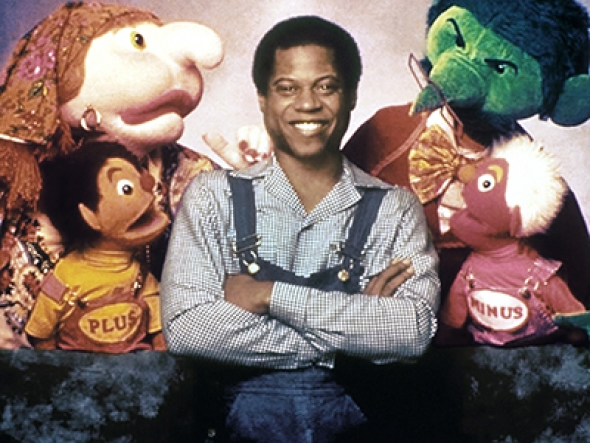
When Nickelodeon first joined the airwaves in December 1977, it wasn’t quite what you’d expect. Part of the groundbreaking QUBE (that’s “cube”) cable system exclusive to Columbus, Ohio, “C-3” was one of 10 free “community channels” available for subscribers to the unique two-way cable service. From 7:00 AM – 9:00 PM, C-3 showed nothing but Pinwheel, a Sesame Street-style preschool program melding human actors, puppets, and animation (above) continuously all of its 14 daily programming hours.
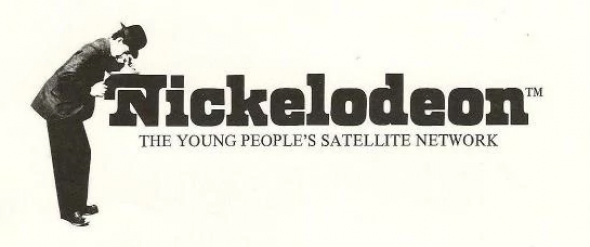
In April 1979, C-3 officially rebranded as Nickelodeon, billing itself as “The Young People’s Channel.” In that way, it’s true that Nickelodeon was the first cable channel designed specifically for kids. But what really launched the network into notoriety was a test broadcast in 1980 of a unique sketch comedy show…
By 1980, Nickelodeon was searching for syndicated programs that could bolster the still-new network’s lineup. They found a treasure trove by way of “You Can’t Do That on Television,” a Canadian sketch-comedy show (in the format of “Saturday Night Live” starring a cast of teens and pre-teens. Cool, current, and comical, “You Can’t Do That on Television” was a surprising hit for Nickelodeon…
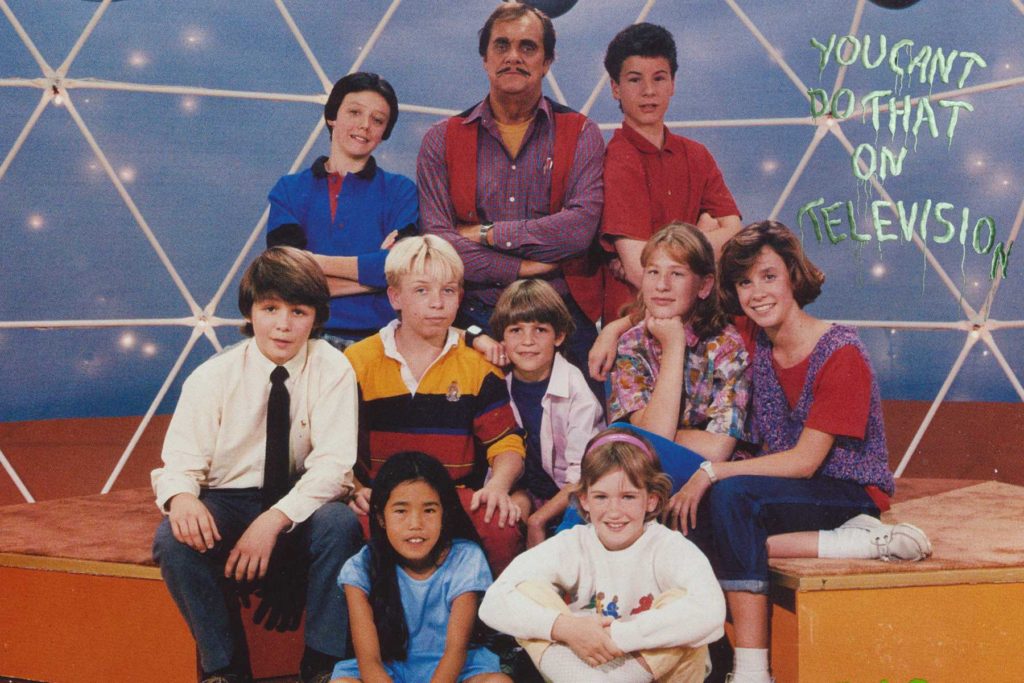
… so much so, in fact, that Nickelodeon ordered the production of a new season of the show. “You Can’t Do That on Television” was Nickelodeon’s first certified hit (no doubt paving the way for the modern “Mickey Mouse Club,” “All That,” and “The Amanda Show”), but perhaps more importantly, it introduced something important: its signature element, neon green slime. Yes, kids getting “slimed” is nearly as old as Nickelodeon itself.
Alongside the show’s 1981 debut, the channel launched a new logo.
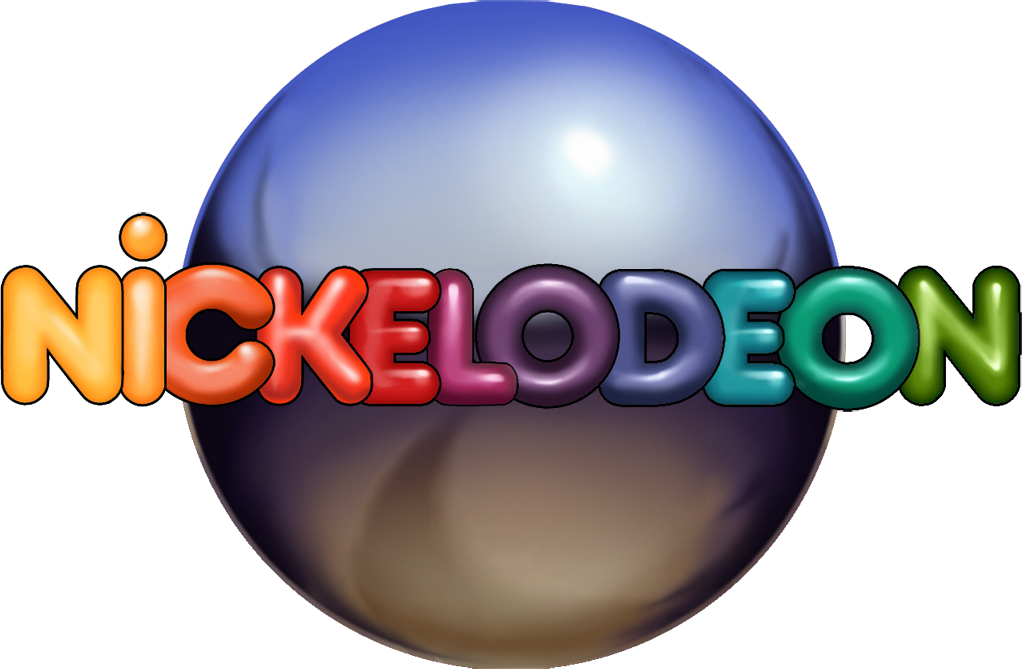
But behind the scenes, Nickelodeon was off to a fairly rough start. As the story goes, the channel’s parent company, Warner, had expected that Nickelodeon would be a loss leader – a product budgeted to lose money, but to attract customers and recoup its cost through other products. In Nickelodeon’s case, Warner believed Nickelodeon’s loss would be made up for by subscriptions to The Movie Channel (TMC).
However, Warner’s lack of investment in original programming for Nickelodeon was causing more of a loss than they’d imagined. Nickelodeon routinely ranked at the bottom of cable rankings in 1982 and 1983, and was hemmoraging tens of millions of dollars.
As a quick fix, Warner spun-off Nickelodeon and the Music Television channel (MTV) to the independent MTV Networks. Under new management, Nickelodeon would undergo a major reimagining…
N-n-ni-nick (1984)
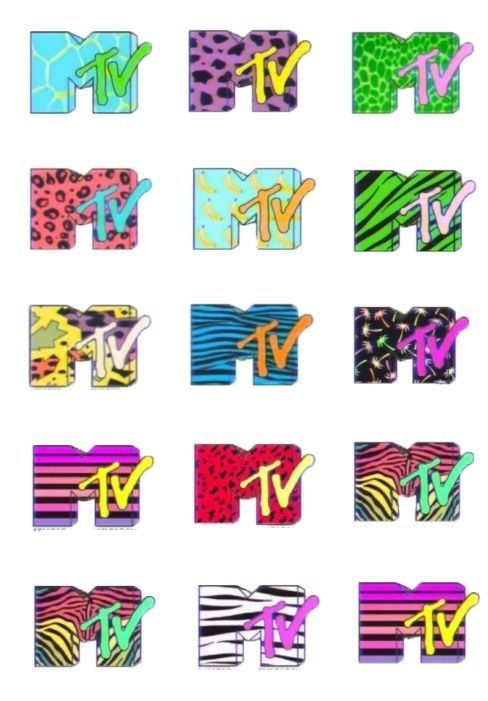
As luck would have it, the newly-spun off Nickelodeon and its sister channel MTV had a lot in common. Both had endured staggering downturns in viewership and significant financial losses in the early ’80s. For MTV, salvation had come by way of an aggressive re-branding by television producers Fred Seibert and Alan Goodman.
Fred/Alan Inc. swept in with a brand rejuvination. In 1981, MTV officially relaunched with its “moonman” mascot, its iconic (and spectacularly malleable) logo, and the channel’s now-distinctive attitude, setting the stage for the music video age. One of their greatest triumphs for MTV, though was its interstitials, or bumps – short, 2 – 30 second clips between programs.
Fred and Alan’s work set a new standard for television, assigning not just a brand, but a culturally significant identity to MTV. Unsurprisingly, Fred/Alan Inc. was tasked with reviving MTV Networks’ other channel. Barely five years old, Nickelodeon was in need of a major facelift. And frankly, you can imagine why.
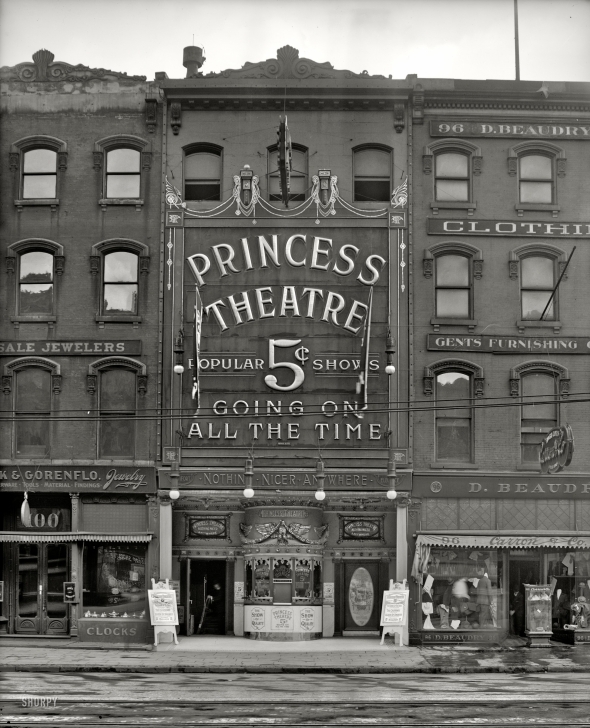
At the turn of the 20th century (think Main Street, U.S.A.), nickelodeons were small, simple, early movie theaters, often set in converted store fronts. Earning their name from the 5-cents typically charged for entrance, guests would sit on hard bench seats and watch continuous reels of silent short films… groundbreaking for the era. Nickelodeons slowly disappeared up through the 1910s, eventually being replaced with the grand “movie palaces” of the 1920s, then cinemas, then the multiplexes of today.
So as the team at Fred/Alan Inc. got to work evaluating the television channel, they had a few major hurdles to overcome. For example, Nickelodeon kept promoting itself and its brand as “fun.” The problem was, if you asked any kid, they didn’t agree. Why didn’t kids find the Nickelodeon brand fun? Fred Seibert and Alan Goodman famously assessed:
- Nickelodeon was a word that meant nothing to kids in the 1980s, and hadn’t meant anything to anyone since about 1915;
- Nickelodeon was hard to spell, even for an adult, and hard for a kid to even say;
- The word nickelodeon was long and didn’t even comfortably fit on a 4:3 aspect ratio television screen!
Their solution?
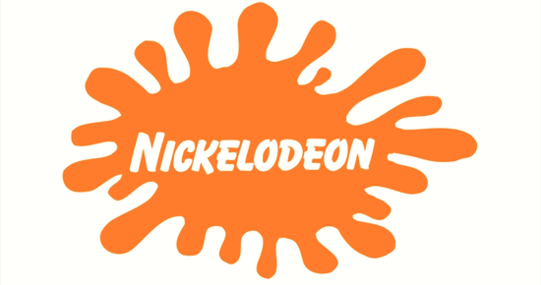
In 1984, Nickelodeon was reborn.
You’d be hard pressed to find a child of the ‘80s or ‘90s who wouldn’t recognized the channel’s “balloon” typeface or its iconic “splat” logo. And But that’s the brilliance of it… That logo would be a shapeshifter… It would morph and reform into trees, dogs, clouds, billboards, footprints, planets…

And Fred/Alan Inc. assured that it would always be accompanied by the doo-wop tones of the Jive Five, creating instantly unique interstitials… an iconic, timeless brand; an identity!
It worked. The new, catchy jingles and identifying color palate made Nickelodeon both easy to remember and fun. Kids didn’t just love the new shows on “Nick” – game shows, variety shows, and other original programming – they developed an allegiance to it; a connection to Nickelodeon itself. It was beginning of the sensation ’90s kids can describe all too well: Nickelodeon was a place to be before and after school; the channel to be on on Saturday mornings.
The launch of Nick at Nite and Nick Jr. only further pulsed Nickelodeon into American households as a trusted channel that didn’t just earn viewers, but fans.
So even as the Disney Channel (1983) and Cartoon Network (1992) offered increasing competition, Nickelodeon was a walled garden of programming. And come the ‘90s, the channel would absolutely explode with new things to see! Now, Nickelodeon just needed a place to film it all.


